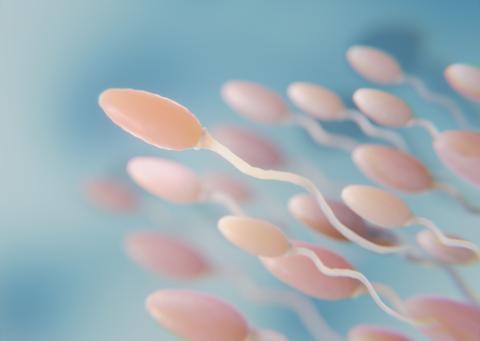Agrochemicals, even in non-lethal doses, threaten the survival of non-pest insects
Exposure to agrochemicals, even in doses too low to kill insects, causes significant damage to their behavior, development and reproduction, which is aggravated when the temperature rises, according to a study published in Science. The research analyzes the effects of 1,024 molecules - insecticides, herbicides, fungicides, plant growth inhibitors - on the fruit fly Drosophila melanogaster and on other insects.

241024 agroquímicos FSB EN
Francisco Sánchez-Bayo
Honorary Associate Professor, School of Environmental and Life Sciences, University of Sydney, Australia
This is an impressive study because of the breadth of pesticides tested (over a thousand) and because of its experimental design that covers not only individual chemicals, but several mixtures in a gradient of realistic concentrations. In addition, it includes effects on mosquito larvae and butterfly caterpillars to compare results.
The merit of this work is in demonstrating that insect exposure to non-lethal pesticide residues is of more importance than might be thought. Of greater concern are the negative effects of a cocktail of molecules on reproduction. This confirms what we already indicated a few years ago, saying that pesticides - not only insecticides, but all other plant protection products on the market - are a major cause of insect decline, even more so than climate change. In fact, the study confirms that temperature only increases the magnitude of the effects of those chemicals, but it is clear that such effects would not occur if the pesticides were not present: the cause is the pesticides, not the temperature!
241024 agroquímicos - AB Muñiz EN
Ana Belén Muñiz González
Assistant lecturer and researcher at the Department of Agricultural Production
Higher Technical School of Agricultural Engineering and Biosciences
The massive use of agrochemicals in agriculture and the search for more sustainable alternatives are one of the main sustainable development goals and environmental concerns worldwide. Since their main use is focused on pest control in order to obtain better yields in agricultural crops, insects are the main targets of these compounds, even affecting non-target organisms, i.e. insects that are not pest mediators.
This work focuses on improving current knowledge on how the massive use of plant protection products acts as a major factor in the global decline of insect biomass, due to the essential role of these organisms in ecosystems -for example, bees as mediators of plant and crop pollination. To this end, the researchers evaluated the impact of insecticides, herbicides, fungicides and plant growth inhibitors, specifically 1024 compounds, on the model organism Drosophila melanogaster, better known as the fruit fly.
In this case, it should be noted that Gandara et al. used sub-lethal concentrations, i.e. concentrations that do not generate mortality, in many cases being several orders of magnitude below these values, and all of them in the range of concentrations currently detected in the environment (water, air). Even so, 57% of the chemicals tested affected larval behaviour and a higher proportion compromised long-term survival. In search of a more realistic environmental approach, the authors evaluated the impact of mixtures of nine of these compounds, as they are found in the environment, observing developmental delays as well as reduced egg-laying rates.
In turn, they observed that the negative effects of the agrochemicals were amplified when the temperature was increased, emphasising the double jeopardy insects face due to the current climate change scenario we find ourselves in. In parallel, the authors assessed the impact on other key insects, mosquitoes and butterflies, observing behavioural changes similar to those of D. melanogaster.
The work of Gandara et al. opens up a new study scenario since, thanks to the use of molecular tools, in this case assay throughput through standardisation, we can study a large number of compounds and parameters at the same time. The findings obtained in this work suggest that widespread exposure to pesticides at sub-lethal concentrations can alter the behaviour and physiology of insects, threatening the long-term survival of the population.
The results obtained from this work may serve to improve precision in the selection and application of agrochemicals, and are of great relevance for both environmental policy and agrochemical industries to reduce the negative impact of pesticides. It therefore seems clear that the next generation of pesticides should be subjected to more extensive testing focusing on sub-lethal effects on different representative species and not only focus on their potential lethality, as the long-term impact on these key organisms may be masked.
Lautaro Gandara et al.
- Research article
- Peer reviewed
- Animals



